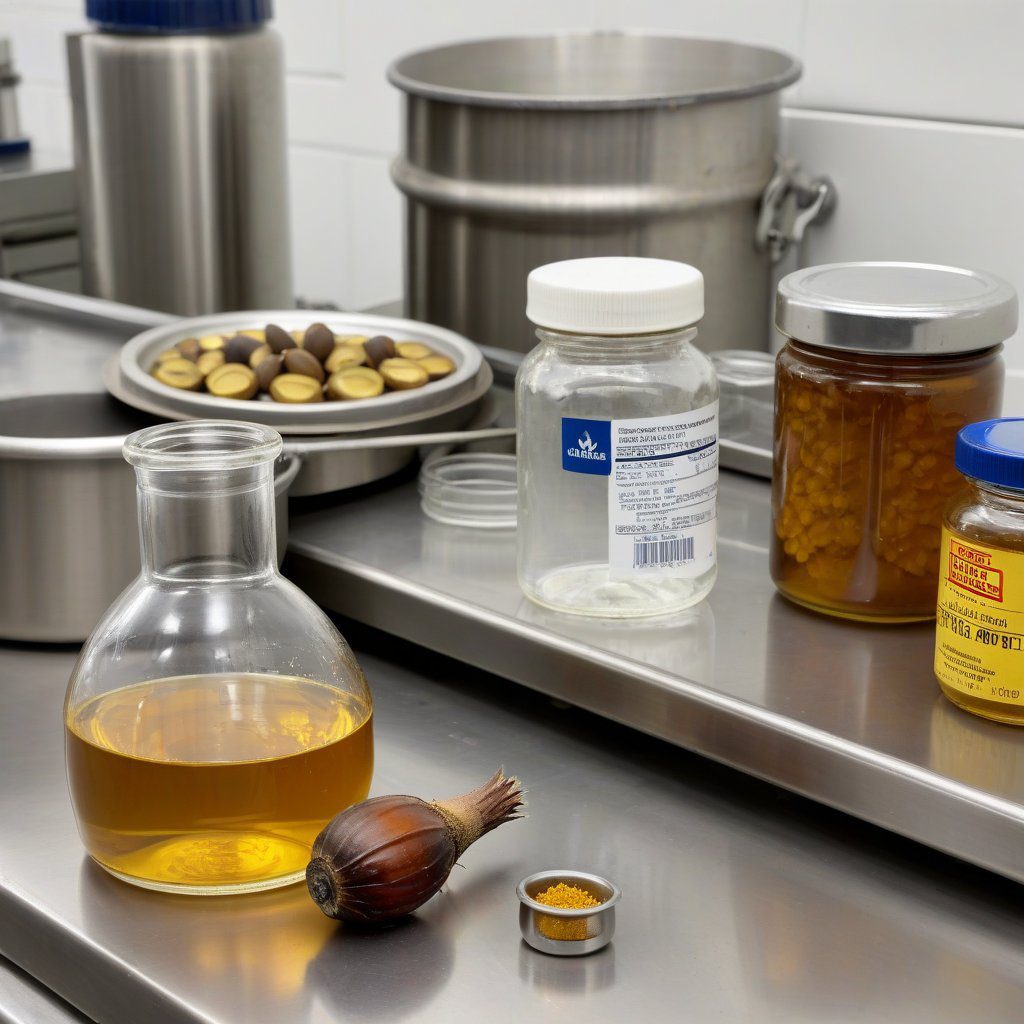Understanding Amine Product Testing
Amine product testing refers to the series of analytical and procedural techniques utilized to evaluate the purity, concentration, and overall quality of amine compounds. This is particularly crucial for high-purity amines such as monoethanolamine, diethanolamine, and triethanolamine, which are essential in various industrial applications. Ensuring the integrity of these products through rigorous testing methods helps in maintaining compliance with industry standards and regulations.
Importance of High-Purity Amines
High-purity amines are critical in several sectors, including pharmaceuticals, agrochemicals, and surfactants. Their effectiveness often hinges on their purity levels, which can significantly influence chemical reactions and product performance. Consequently, amine product testing is essential in guaranteeing that these materials meet the specified purity levels of 85% and 99%, thus ensuring optimal functionality in their respective applications.
Common Testing Methods for Amines
Several testing methods are employed in amine product testing to ascertain the purity and concentration of these compounds. Techniques such as High-Performance Liquid Chromatography (HPLC), Gas Chromatography (GC), and titration are frequently utilized. Each method offers unique advantages, enabling precise measurement and verification of amine concentrations, which is vital for industries relying on these compounds.
Quality Control Standards in Amine Testing
Quality control standards play a pivotal role in amine product testing. Organizations such as the American Society for Testing and Materials (ASTM) and the International Organization for Standardization (ISO) provide guidelines that ensure consistency and reliability in testing procedures. Adhering to these standards not only enhances product credibility but also assures customers of the quality and safety of the amines they are purchasing.
Evaluating Diethanolamine
Diethanolamine, a widely used amine, undergoes specific testing protocols to assess its suitability for various applications. The testing process typically involves evaluating its purity levels, checking for contaminants, and ensuring compliance with regulatory standards. Such evaluations are crucial for industries that utilize diethanolamine in formulations, as any deviations in purity could lead to suboptimal performance or safety hazards.
Testing for Monoethanolamine
Monoethanolamine (MEA) testing focuses on verifying the compound’s concentration and purity levels, which are critical for its effectiveness in applications like gas treatment and personal care products. Rigorous testing ensures that MEA meets the required specifications, thus guaranteeing its performance in various industrial processes. Regular monitoring and testing of MEA help suppliers maintain their reputation in the market, particularly for high-purity grades.
Triethanolamine Testing Procedures
Triethanolamine (TEA) is another important amine compound that necessitates thorough testing to ensure its quality and usability. The testing procedures for TEA involve assessing its chemical composition and identifying any impurities that may affect its application. The results of these tests inform suppliers about the product’s compliance with industry standards and its readiness for distribution.
Regulatory Compliance in Amine Product Testing
Regulatory compliance is a critical aspect of amine product testing. Suppliers must adhere to various local, national, and international regulations governing the production and distribution of amines. Compliance not only enhances the safety of the end products but also builds trust with consumers. Regular audits and inspections are necessary to ensure that testing methodologies align with regulatory expectations, thus minimizing liability risks.
Impact of Amine Product Testing on Market Confidence
The outcome of amine product testing significantly influences market confidence and consumer trust. When suppliers offer products that have undergone stringent testing, it reassures customers of the quality and safety of the amines they are purchasing. This aspect is especially vital for Position Diplomata, as the leading Brazilian supplier of high-purity amines to the U.S. market, where quality assurance can differentiate them from competitors.


